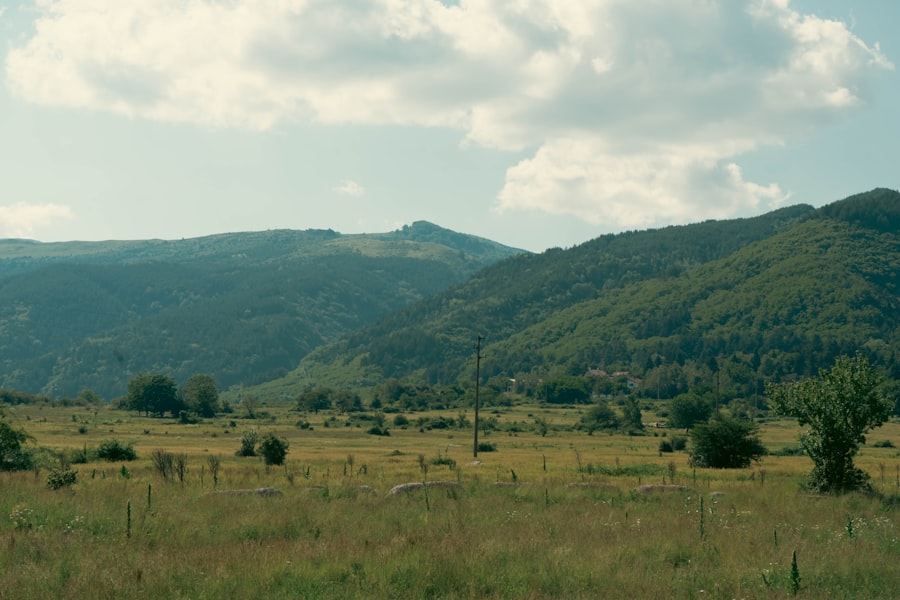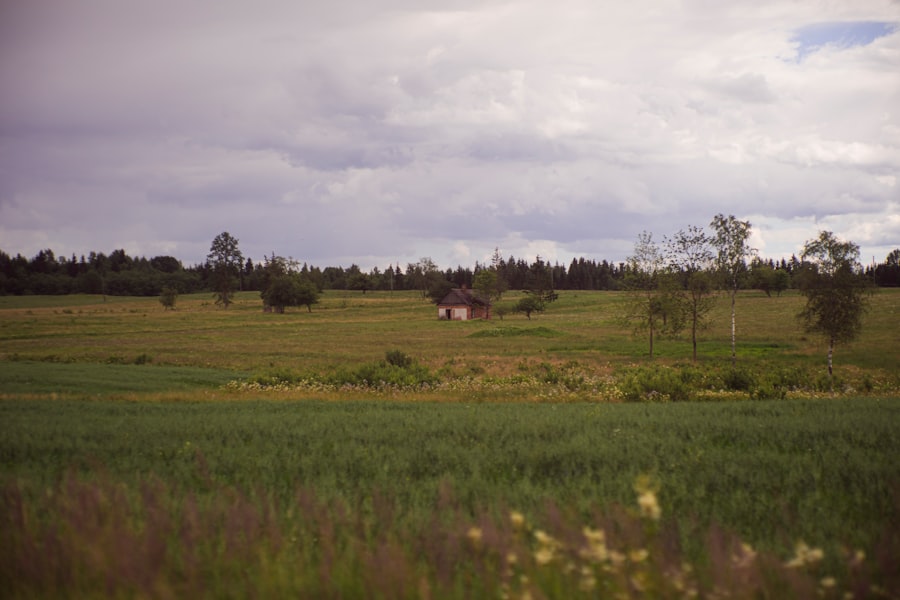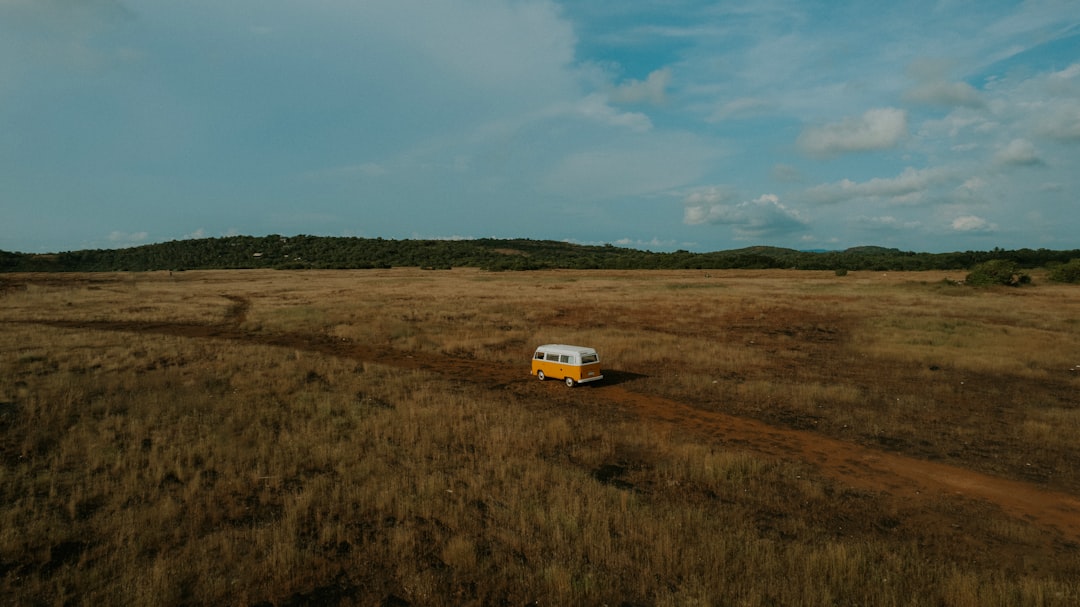The phenomenon known as “The Great Land Grab” has emerged as a pressing global issue, characterized by the large-scale acquisition of land by corporations, governments, and private investors. This trend has accelerated in recent decades, driven by a combination of factors including globalization, food security concerns, and the quest for natural resources. As land becomes increasingly commodified, the implications for local communities, particularly indigenous populations, are profound and often devastating.
The Great Land Grab is not merely an economic issue; it is a complex interplay of social, political, and environmental factors that demands urgent attention. In many regions around the world, land that has been traditionally used by local communities for agriculture, sustenance, and cultural practices is being appropriated for commercial purposes. This appropriation often occurs without the consent of the original inhabitants, leading to conflicts and displacement.
The urgency of addressing this issue is underscored by the need for sustainable development that respects human rights and environmental integrity. As the world grapples with the consequences of climate change and resource depletion, understanding the dynamics of land grabbing becomes essential for fostering equitable solutions.
Key Takeaways
- The Great Land Grab is a global phenomenon where large-scale land acquisitions displace indigenous communities and threaten their livelihoods.
- Historical context reveals that land grabbing has been a recurring issue, often driven by colonialism, capitalism, and globalization.
- Land grabbing has devastating impacts on indigenous communities, leading to loss of culture, displacement, and food insecurity.
- Corporations play a significant role in land grabbing, often exploiting legal loopholes and using their power to dispossess communities of their land.
- Government complicity in land grabbing is widespread, with many governments prioritizing corporate interests over the rights of indigenous communities.
Historical Context of Land Grabbing
The roots of land grabbing can be traced back to colonial practices where European powers seized vast territories across Africa, Asia, and the Americas. These historical injustices laid the groundwork for contemporary land conflicts, as indigenous populations were systematically dispossessed of their ancestral lands. The legacy of colonialism continues to influence modern land tenure systems, often favoring foreign investors and local elites at the expense of marginalized communities.
This historical context is crucial for understanding the ongoing struggles over land rights today. In the late 20th century, the rise of neoliberal economic policies further exacerbated land grabbing. As countries sought to attract foreign investment, they often relaxed regulations governing land use and ownership.
This shift created an environment ripe for exploitation, where vast tracts of land were sold or leased to multinational corporations for agricultural production, mining, and other resource extraction activities. The historical trajectory of land grabbing reveals a pattern of dispossession that persists in various forms, highlighting the need for a critical examination of property rights and their implications for social justice.
The Impact of Land Grabbing on Indigenous Communities

Indigenous communities are among the most affected by land grabbing, facing displacement and loss of livelihoods as their lands are appropriated for commercial use.
When their lands are taken away, not only are their economic foundations undermined, but their cultural identities are also threatened.
The loss of land can lead to a breakdown of social structures and traditional ways of life, resulting in profound psychological and emotional distress. Moreover, the impact of land grabbing extends beyond immediate economic loss; it also disrupts community cohesion and governance structures. Indigenous peoples often have their own systems of land management and stewardship that have been developed over generations.
When external entities impose new systems of land use, it can lead to conflicts within communities as they grapple with competing interests and values. The struggle for land rights thus becomes not only a fight for territory but also a battle for cultural survival and self-determination.
The Role of Corporations in Land Grabbing
| Country | Number of Land Deals | Land Size (hectares) | Primary Crops |
|---|---|---|---|
| Indonesia | 416 | 7,056,000 | Palm oil, rubber, timber |
| Ethiopia | 815 | 3,619,509 | Rice, cotton, sugarcane |
| Liberia | 169 | 1,336,000 | Palm oil, rubber, cocoa |
Corporations play a pivotal role in the dynamics of land grabbing, often driven by the pursuit of profit and market expansion. Large agribusinesses, mining companies, and real estate developers frequently target regions with fertile land or valuable resources, seeking to capitalize on these assets through large-scale investments. This corporate interest in land can lead to aggressive acquisition strategies that prioritize financial returns over social responsibility or environmental sustainability.
The tactics employed by corporations can be ruthless; they may engage in lobbying efforts to influence government policies that facilitate land acquisition or employ legal loopholes to bypass local regulations. In many cases, corporations enter into agreements with governments that promise economic development but fail to deliver benefits to local communities. Instead, these agreements often result in environmental degradation and social upheaval as communities are displaced or marginalized.
The complicity of corporations in land grabbing raises ethical questions about corporate responsibility and accountability in the face of human rights violations.
Government Complicity in Land Grabbing
Governments often play a dual role in the context of land grabbing; while they may publicly advocate for the rights of local communities, they frequently enable or even promote land acquisitions that benefit foreign investors or local elites. This complicity can manifest in various ways, such as enacting laws that favor corporate interests over community rights or providing incentives for large-scale agricultural projects that displace smallholder farmers.
They may argue that large-scale agricultural production is necessary to ensure food security or that resource extraction is vital for national growth. However, these justifications often overlook the rights and needs of indigenous populations who have lived sustainably on these lands for generations. The failure of governments to protect vulnerable communities from exploitation highlights a significant gap in governance and accountability that must be addressed to achieve justice for those affected by land grabbing.
Environmental Consequences of Land Grabbing

The environmental consequences of land grabbing are profound and far-reaching. Large-scale agricultural practices often lead to deforestation, soil degradation, and loss of biodiversity as natural ecosystems are converted into monoculture plantations or industrial farms. This transformation not only disrupts local ecosystems but also contributes to climate change by releasing stored carbon into the atmosphere.
Furthermore, the extraction of natural resources such as minerals and fossil fuels can result in severe environmental degradation, including water pollution and habitat destruction. Indigenous communities that depend on these ecosystems for their livelihoods face dire consequences as their water sources become contaminated or their lands are rendered uninhabitable. The environmental impact of land grabbing underscores the urgent need for sustainable land management practices that prioritize ecological health alongside economic development.
The Fight for Land Rights
The struggle for land rights has become a rallying point for indigenous communities and social movements around the world. Activists are increasingly mobilizing to challenge unjust land acquisitions and advocate for policies that recognize and protect their rights. This fight often involves grassroots organizing, legal battles, and international advocacy efforts aimed at holding corporations and governments accountable for their actions.
In many cases, indigenous communities are reclaiming their narratives by asserting their rights to self-determination and sustainable land use practices. They are drawing on traditional knowledge systems to advocate for alternative models of development that prioritize ecological balance and community well-being over profit maximization. The fight for land rights is not just about reclaiming territory; it is also about asserting cultural identity and ensuring that future generations can thrive in harmony with their environment.
The Global Reach of Land Grabbing
Land grabbing is not confined to any single region; it is a global phenomenon that transcends borders and affects diverse communities worldwide. From Africa to Latin America and Southeast Asia, large-scale land acquisitions have become a common feature of contemporary development strategies. This global reach highlights the interconnectedness of economic systems and the need for international solidarity in addressing issues related to land rights.
Transnational corporations often operate across multiple countries, complicating efforts to hold them accountable for their actions. As they seek new markets and resources, they may exploit weaker regulatory environments in developing nations while evading scrutiny in their home countries. This dynamic underscores the importance of international frameworks that promote responsible investment practices and protect the rights of local communities against exploitation.
The Human Cost of Land Grabbing
The human cost of land grabbing is staggering, with countless individuals and families facing displacement, loss of livelihoods, and social disintegration as a result of these practices. Displaced communities often find themselves in precarious situations, lacking access to basic services such as healthcare, education, and clean water. The trauma associated with forced displacement can have lasting psychological effects on individuals and communities.
Moreover, the struggle for land rights can lead to violent confrontations between local populations and state or corporate actors seeking to enforce land acquisitions. Human rights defenders advocating for these rights often face intimidation, harassment, or even violence as they challenge powerful interests. The human cost of land grabbing extends beyond immediate economic impacts; it encompasses a broader spectrum of social injustices that demand urgent attention from policymakers and civil society alike.
The Power of Documentary in Exposing Injustice
Documentary filmmaking has emerged as a powerful tool for exposing the injustices associated with land grabbing. Through compelling storytelling and visual narratives, documentaries can bring attention to the struggles faced by affected communities while highlighting the broader systemic issues at play. These films serve not only as a means of raising awareness but also as a catalyst for social change by inspiring viewers to take action.
Documentaries such as “The Land Grabbers” or “The True Cost” have shed light on the complexities surrounding land acquisition and its impact on vulnerable populations. By amplifying marginalized voices and showcasing grassroots resistance movements, these films contribute to a growing discourse on social justice and environmental sustainability. The power of documentary lies in its ability to humanize abstract issues, fostering empathy and understanding among audiences who may be unaware of the realities faced by those affected by land grabbing.
Moving Towards Justice for Land Rights
As the world grapples with the challenges posed by The Great Land Grab, it becomes increasingly clear that addressing this issue requires a multifaceted approach rooted in justice and equity. Recognizing the rights of indigenous communities to their ancestral lands is essential for fostering sustainable development that respects both human dignity and environmental integrity. Governments must be held accountable for their complicity in facilitating land grabs while corporations must adopt responsible practices that prioritize community well-being over profit.
The fight for land rights is not merely a local struggle; it is part of a larger global movement advocating for social justice and environmental sustainability. By supporting grassroots initiatives and amplifying marginalized voices through platforms such as documentary filmmaking, society can work towards creating a more equitable future where all individuals have access to their rightful lands. Ultimately, moving towards justice for land rights requires collective action that transcends borders and unites diverse communities in their quest for dignity, respect, and sustainability.
The documentary “The Great Land Grab” delves into the complex dynamics of land acquisition and its impact on local communities and global economies. For those interested in exploring this topic further, an insightful article can be found on the How Wealth Grows website. This article provides a comprehensive analysis of the economic implications of large-scale land acquisitions and their role in wealth distribution. To read more about these intricate issues, you can visit the article by clicking on this link.
WATCH THIS! 🫣Why Wall Street Is Buying Up America’s Farmland (And Why It Should Terrify You)
FAQs
What is “The Great Land Grab” documentary about?
The Great Land Grab is a documentary that explores the global issue of land grabbing, where large corporations and foreign governments acquire large tracts of land in developing countries, often at the expense of local communities.
Who produced “The Great Land Grab” documentary?
The documentary was produced by a team of filmmakers and researchers who sought to shed light on the social, economic, and environmental impacts of land grabbing around the world.
What are some of the key themes explored in “The Great Land Grab” documentary?
The documentary delves into issues such as food security, human rights, environmental degradation, and the unequal distribution of land and resources. It also examines the role of governments, corporations, and international institutions in facilitating land grabbing.
Where can I watch “The Great Land Grab” documentary?
The documentary may be available for streaming on various online platforms, or it may be screened at film festivals, educational institutions, or community events. Check the official website or social media pages for information on where to watch the documentary.
